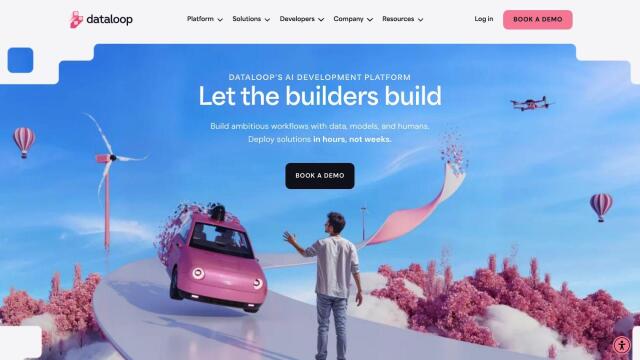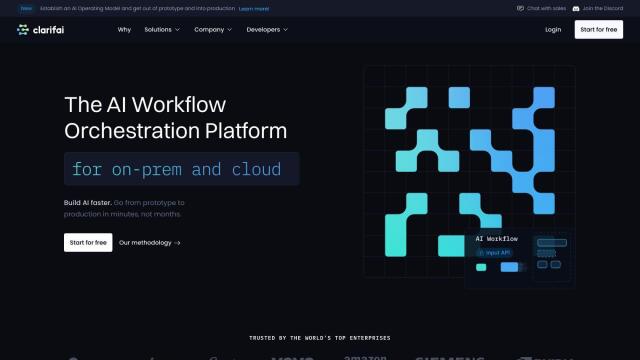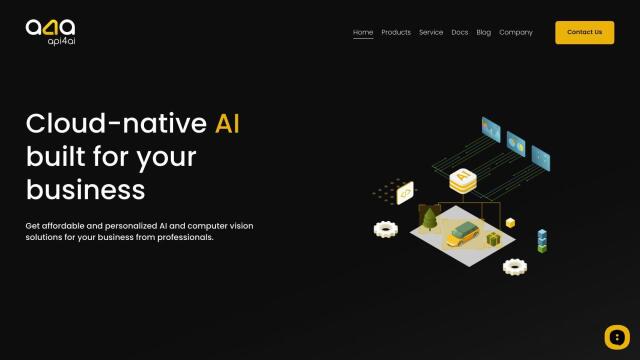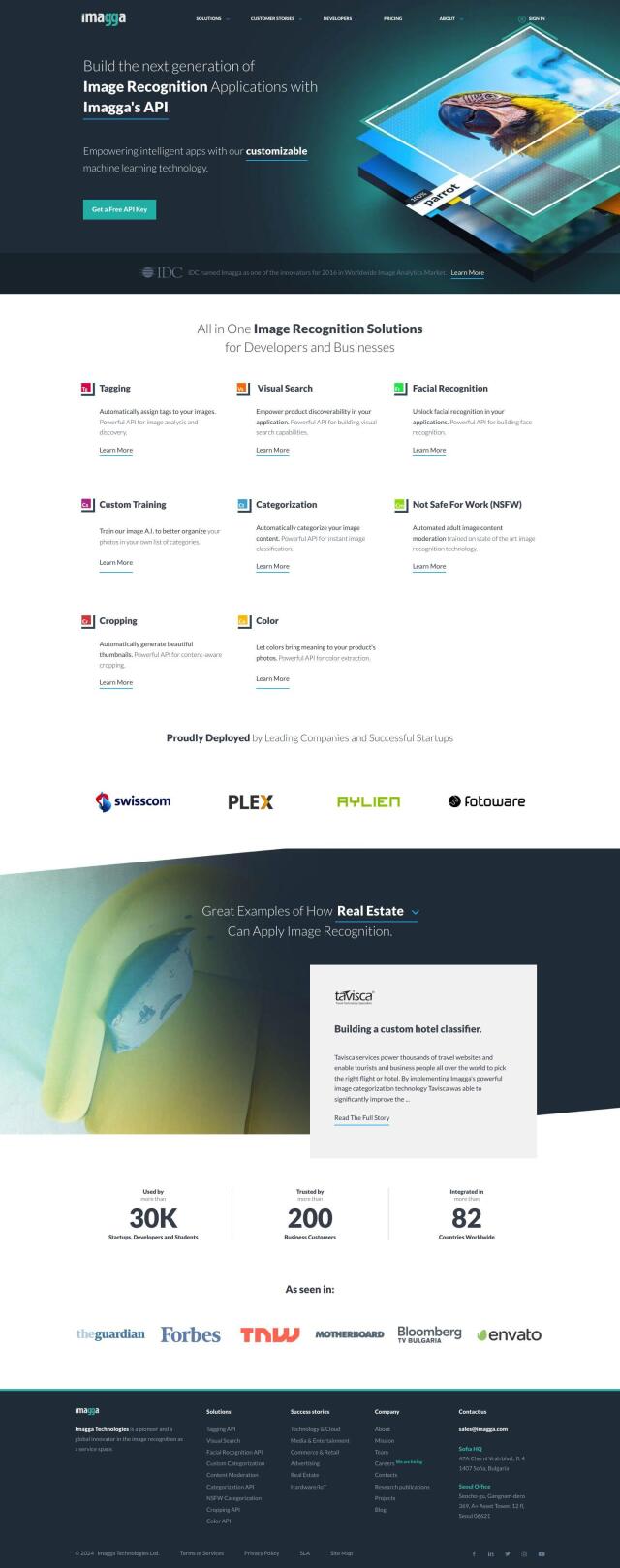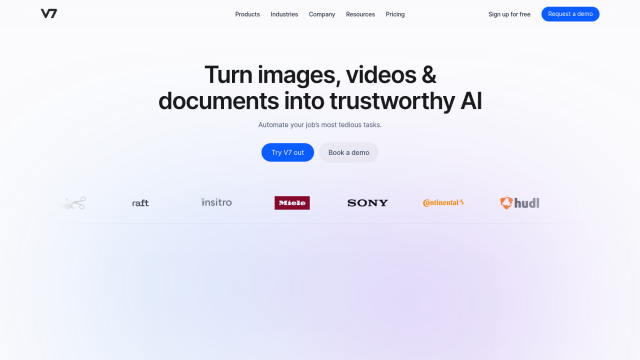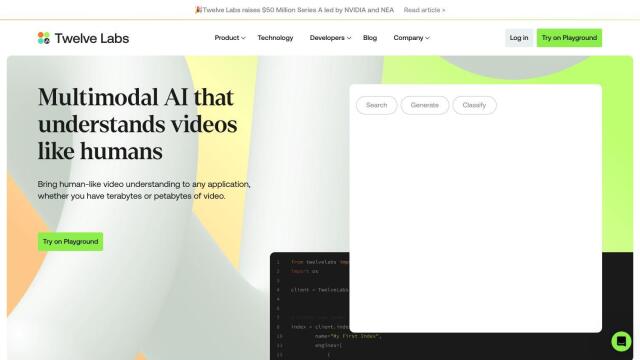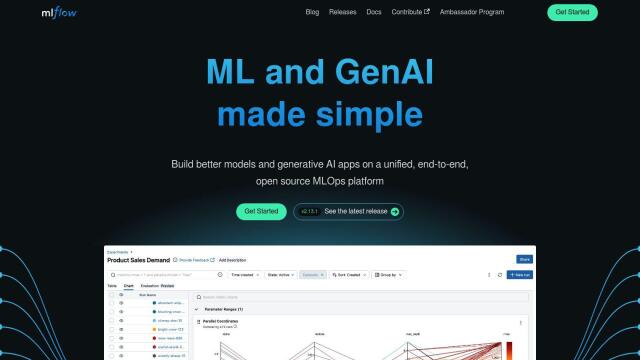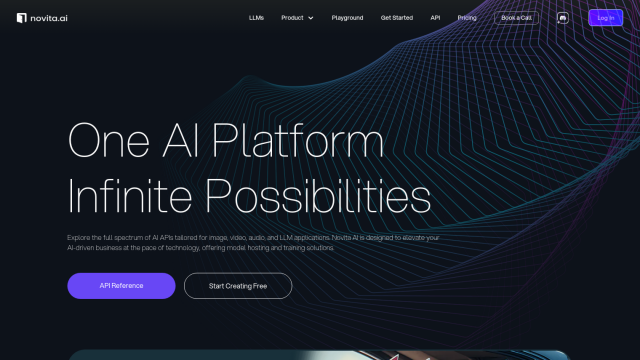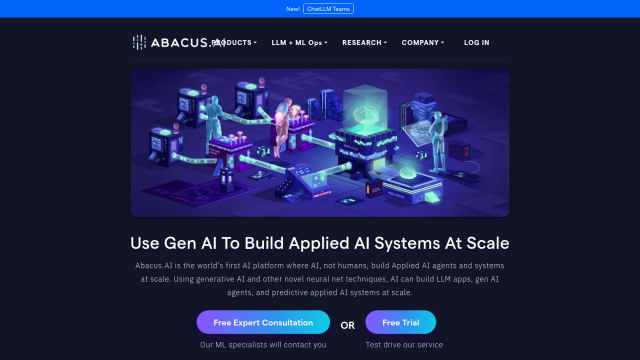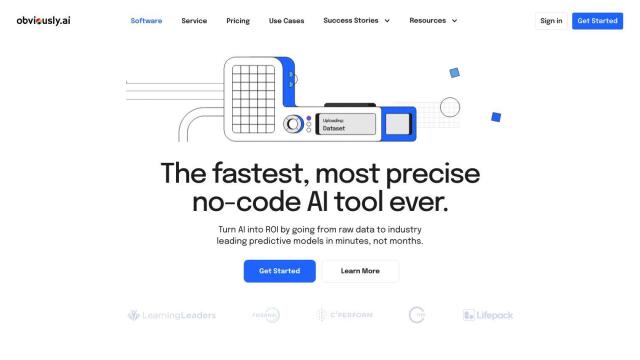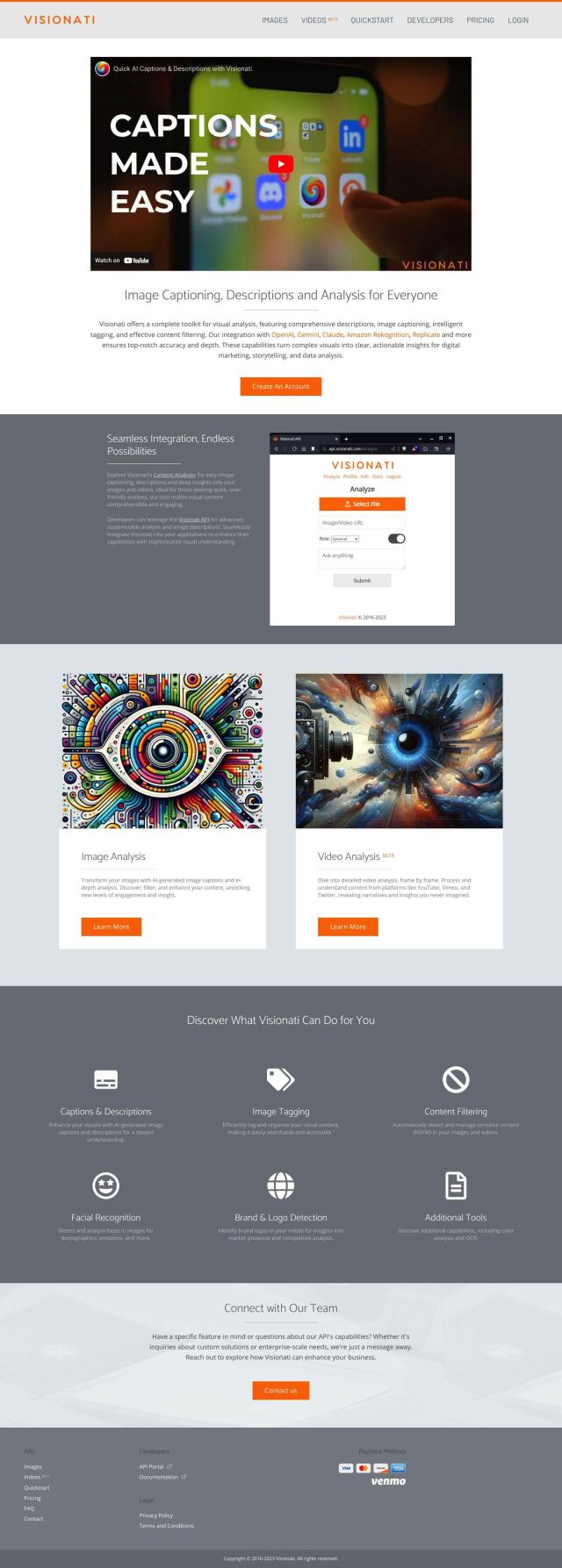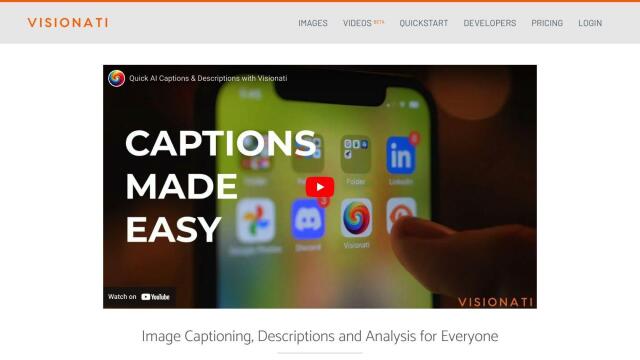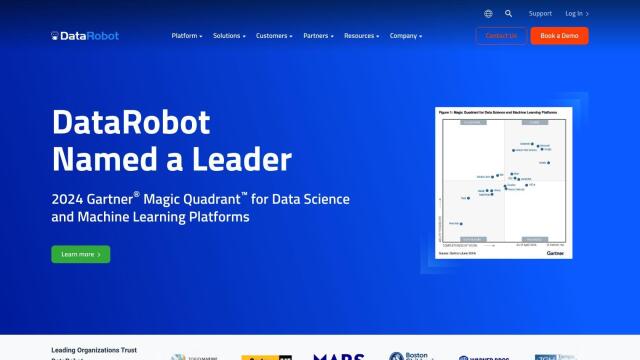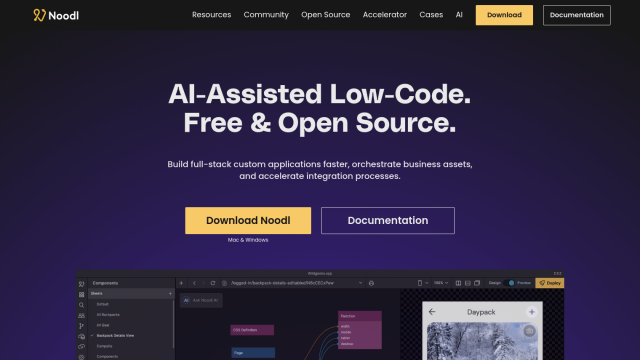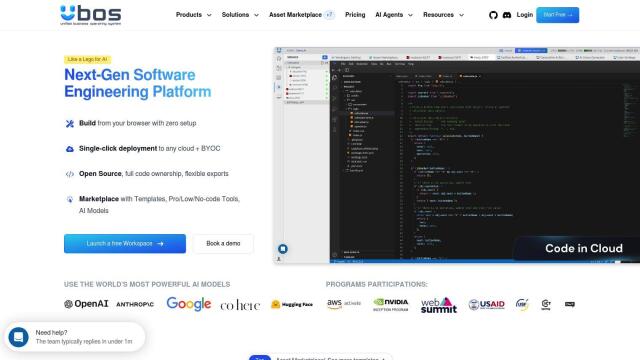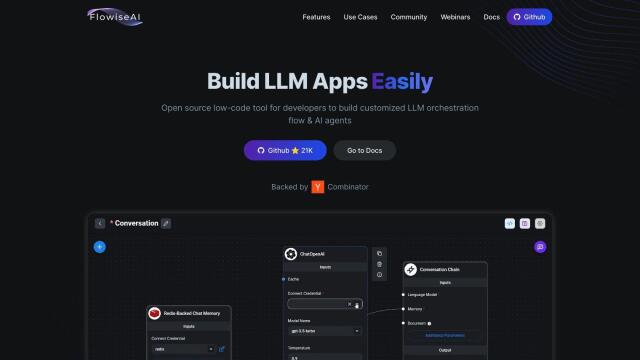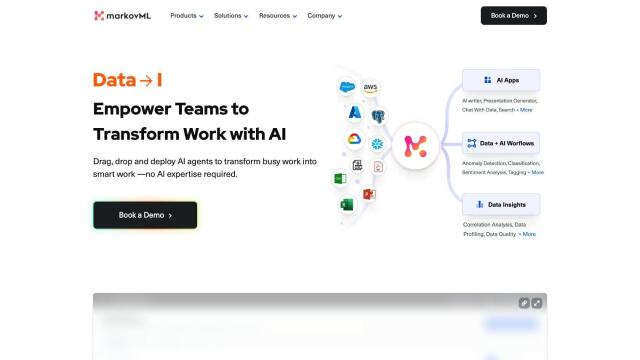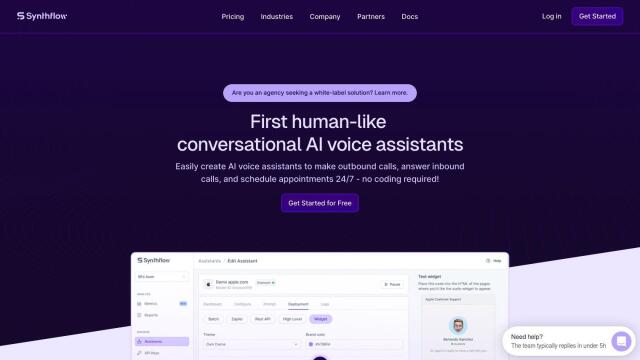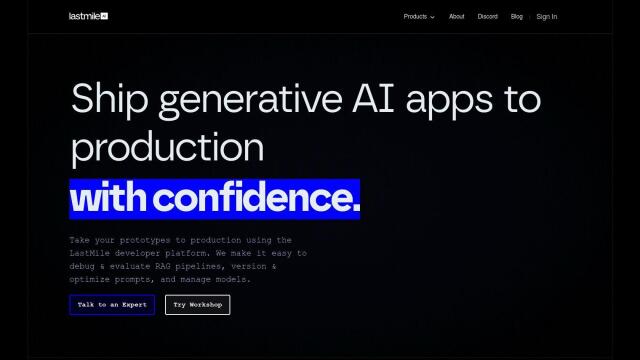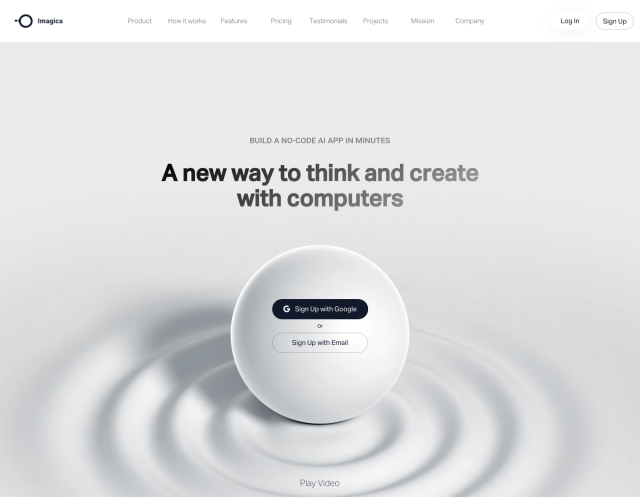Question: I need a low-code solution to build computer vision models for my manufacturing process, any recommendations?

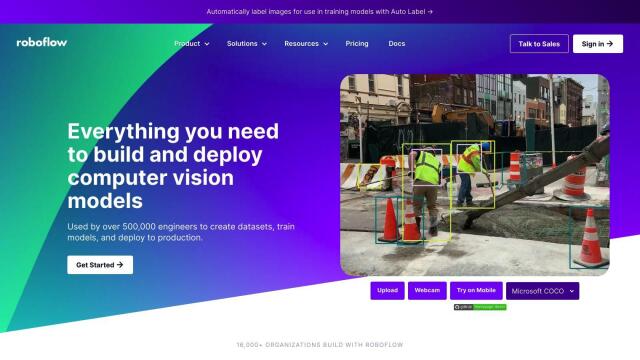
Roboflow
If you need a low-code way to build computer vision models for your manufacturing operation, Roboflow is a good option. It's an integrated training and deployment system with automated annotation tools, a range of deployment choices and integration with TensorFlow and PyTorch frameworks. It also works with cloud services like AWS and Azure and edge devices like Raspberry Pi and Luxonis OAK cameras, so it can be used in a variety of settings.

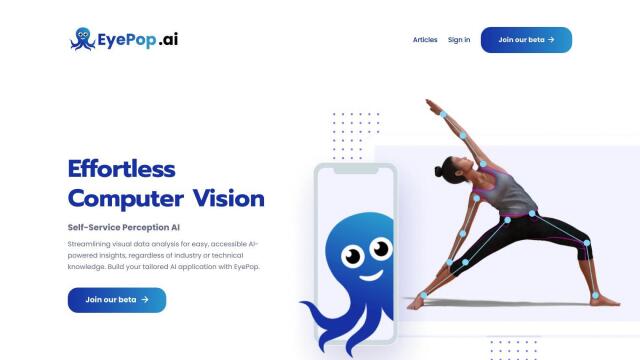
EyePop.ai
Another option is EyePop.ai, a no-code/low-code system for building custom computer vision applications. It has an interface for creating "Pops" that run on existing images, videos or live streams, and has features like live stream analysis and custom solutions for specific industries. That means it can be used even if you don't have a lot of technical expertise.

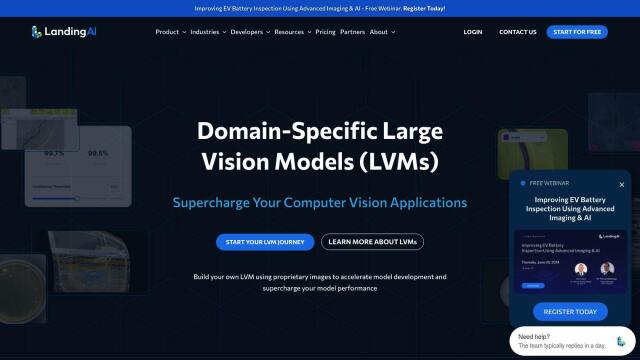
LandingLens
If you want a more complete cloud-based system, check out LandingLens. It uses domain-specific Large Vision Models (LVMs) to tackle a broad set of industry-specific problems. With features like one-click training, efficient image labeling and continuous learning, it offers flexible deployment options and a data-centric approach to improve model performance.
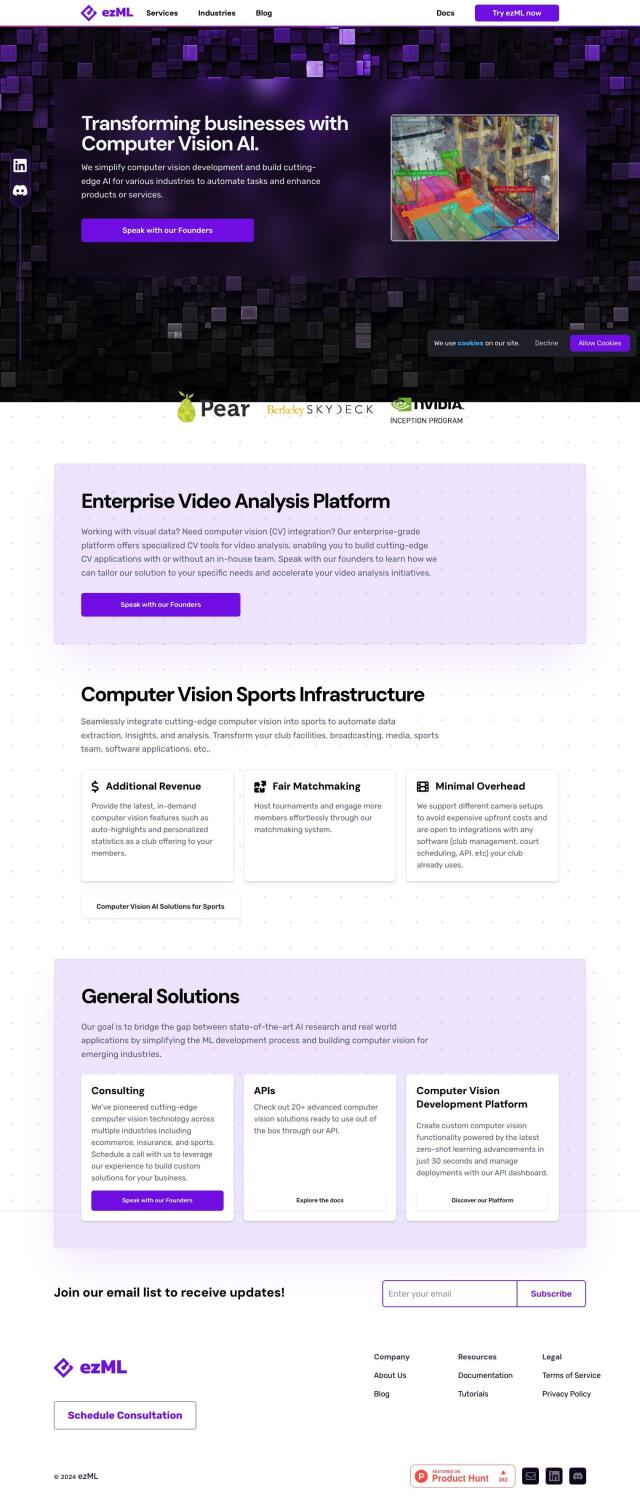
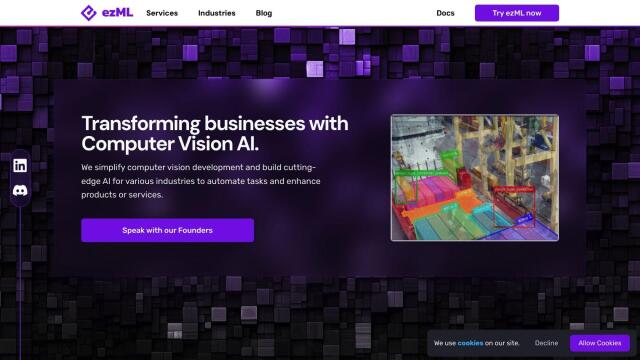
ezML
Last, ezML offers a lightweight API interface for building applications with custom computer vision abilities. It lets you string together pipelines of prebuilt models with minimal programming, and it supports advanced abilities like image classification and object detection. That makes it a good option for scaling up to many industrial uses, including manufacturing.

